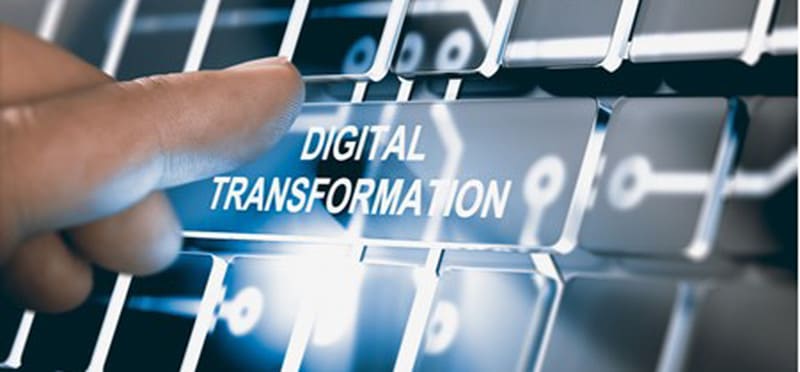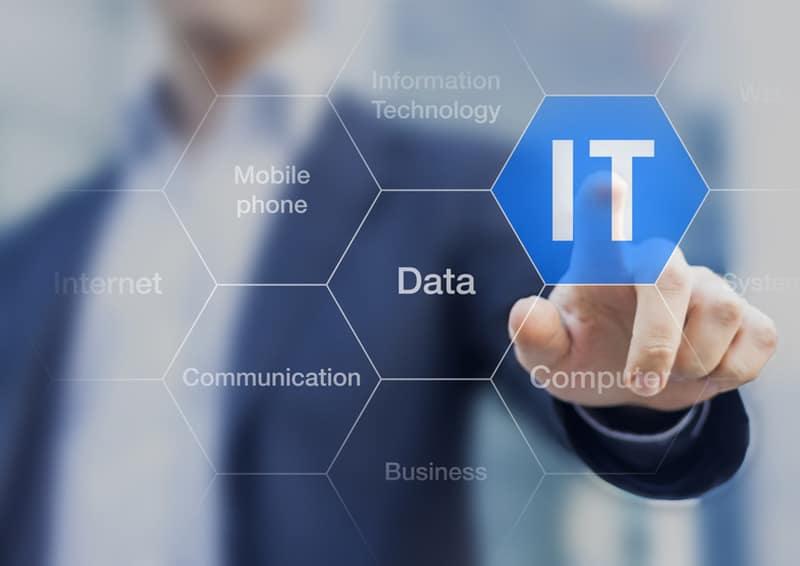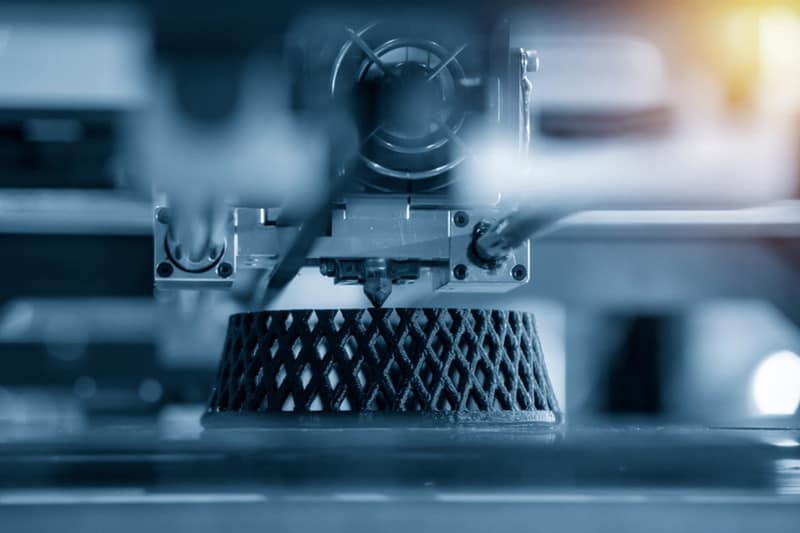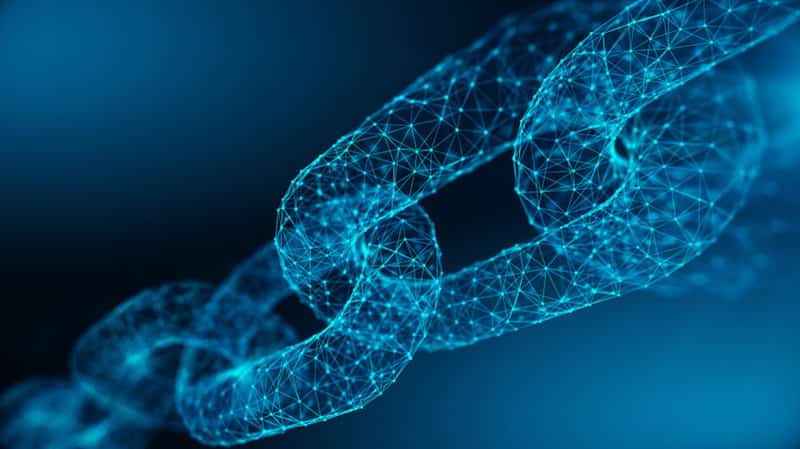
Innovations in Digital Transformation and Digital Sustainability
IoT, Block Chain and Big Data in the Age of Digitalization
In 2020, the nature of commercial activity requires companies of all sizes to interact with the world through digital channels and to invest in Industry 4.0 along with new technologies like Internet of Things and Big Data.
For example, nowadays protecting the competitiveness requires companies to collect more data from economic processes and customers than ever before. In a sense, this is the necessity of digital transformation. In the Industry 4.0, companies generally attempt these digital transformations by pursuing a specific goal, which is an increasingly widespread search for sustainability.

The phrase "digital sustainability" refers to a holistic approach that a company can reach better levels of sustainability through smart technology investments. As you can imagine, this type of effort can have an impact on all departments and processes within a company, including Information Technology (IT) architecture.
If you have followed some current events in recent years, you have come to realize that the Paris climate agreement and such compromises represent common milestones on the road to a cleaner and more stable planet.
It may seem like an unusual start when a company targets sustainability in its IT organization and digital processes while implementing the far-reaching changes suggested by the latest climate agreements. On the other hand, it may be surprising to learn that "greening" our companies, buildings and cities through digital transformations and technology investments can reduce carbon emissions by up to 20% between today and 2030.
Moreover, targeting sustainability through digital transformations creates economic opportunities around the world and helps smaller companies to rise above their weight without significantly increasing their carbon footprint. So what does digital sustainability mean in practice?
IoT (Internet of Things) Organizations Make Existing Processes More Efficient
For small and medium-sized businesses, it is becoming less costly to adapt IoT technologies for existing corporate networks and assets. The Internet of Things is not an internet by itself: it is a highway within your existing architecture that transfers critical data from one end of your operation to the other.
When it comes to sustainability, the Internet of Things can supply considerable time and cost:
- Smart HVAC (Heating, Ventilation and Cooling) systems can optimize the performance in physical environmental controls of a building; it can turn the systems on and off according to occupancy or company and/or personal programs.
- Some old technology can even be renewed with sensors that provide preventive maintenance by monitoring unusual temperatures and vibrations.
-The idea of digital technologies intertwined permanently with mechanical systems and fixed infrastructure means that companies are increasingly building their cyber-physical systems from top to toe.
Cost and Waste Savings with Three Dimensional (3D) Printing and Computer Controlled Production
Enthusiasts from all over the world are discovering the opportunities of 3D printing and layered manufacturing. But in business and large industries the results are even more exciting. 3D printers are expected to become a vital component in companies' digital transformation by providing them in the following areas:
- To produce physical goods in small or large batches,
- To produce spare parts that needs careful tolerances,
- To rely on physical equipment and to produce spare parts within the company.

Forecasts show that sustainability will play an important role in imposing 3D printing in the environmental and company-wide. Imagine if there could be more plastics than all fishes in our oceans by 2025.
This means we have to produce fewer products and produce less waste while doing so. The good news is that laminated manufacturing effectively limits the fabrication process. This means, savings of up to 5% in CO2 emissions arise from transport and material processing.
It becomes easier to collect and recycle scrap materials that would be disposed of as waste in previous generation assembly technologies at stores where 3D printers are used.
Block Chain, Smart Meter and More Efficient Electricity Usage
Opportunities that come with sustainability-driven transformations can be important, even for a single corporate facility or even a range of companies. But things have become even more exciting when you extend the scope of the concept by applying it to the entire economy or a specific supply chain.
For example, residential and commercial power grids of the near future will reach high distribution rates and therefore be much more durable and reliable. Using the block chain can create community-based, "virtual" power plants that can monitor supply and demand in real time and balance power distribution more efficiently.
Adding block chain, IoT and smart meters to the commercial electricity grid could reduce industry's electricity use by 6.3 billion megawatt-hours and CO2 emissions by 1.8 gigatons by 2030.

Of course, a simple start can also work: Simply upgrading your appliances and equipment to Energy Star rated models can result in significant savings after the initial investment. These are excellent examples of technology that melts cooperation and solidarity and gives inspiration. Digital transformations will help companies to identify competitive advantages and to find opportunities of economizing, as well as bringing changes that are beneficial to everyone across the industry.
Big Data, Analysis and “Secondary Market”
There is another important opportunity to focus on when it comes to digital sustainability in the business world. This includes big data usage to understand how consumers interact with aftermarket products and whether they interact with the "secondary market" for repairs, spare parts, maintenance or modifications, and where, how and why they interact with this secondary market.
Philips and other consumer-level electronics manufacturers are starting to get interested in this concept. Companies that read such digital transformation processes well are discovering ways to do healthier business with consumers and companies in order to extend the life of their electronic devices by taking advantage of the data from these secondary markets.
From electric shavers to X-rays, if there are still somethings left in the world that could be benefit from, there are plenty of reasons to stop throwing them in the waste yard. In addition, as Philips discovered, simplifying product service, maintenance and parts repair broadens the company-customer relationship and opens up a new revenue streams.
With all of these ways and many more, your company can maintain higher productivity, lower costs, and a longer and more productive relationship with your core target audience.
Cost savings do not only mean better profitability, but can also lead to a healthier planet.
With the intention of minimizing environmental impacts by taking advantage of digitalization and going beyond protecting environment with traditional methods...
Ankaref Business Director Özlem Dinçer